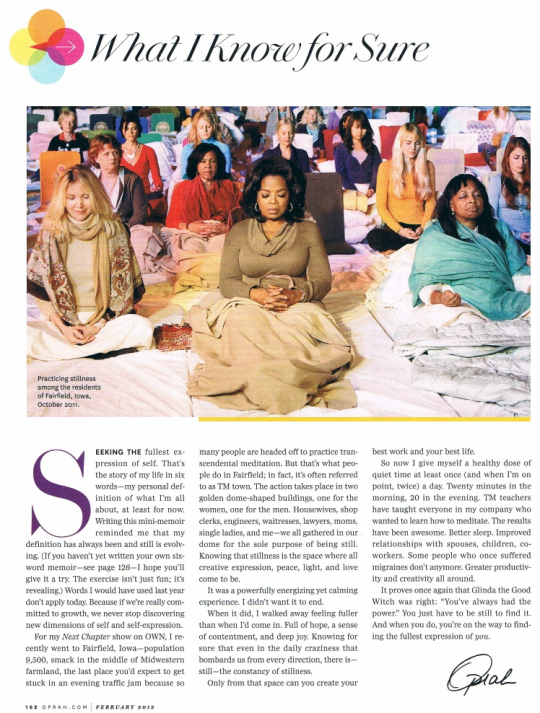The Dangers of Adderall
The cover story in this weeks’ Sunday New York Times is titled Drowned in a Stream of Prescriptions. It’s a tragic story about a young man, a good student and president of his college class, who recently committed suicide after becoming addicted to Adderall, an A.D.H.D. medication. Richard did not have A.D.H.D. but was easily able to procure prescriptions for Adderall from several different doctors. I read the article and was shocked to learn how simple it was for Richard to get prescriptions for a medication that treated a condition he did not have.
Wow! I guess I’m pretty darn naïve. Yesterday afternoon I spoke about this article with the Mother of two college students. She informed me that her daughters tell her “many kids take drugs meant for A.D.H.D.” Apparently these drugs make it easy to stay up all night to study.
A clinical neuropsychologist, named DeAnsin Parker, made the following statement in reference to Adderall. “Stimulants will help anyone focus better. And a lot of young people like or value that feeling, especially those who are driven and ambitious. We have to realize that these are potential addicts—drug addicts don’t look like they used to.”
To be ambitious is OK. As a matter of fact, most people consider ambition and competiveness to be desirable traits. Don’t we all feel happier if we perceive that we are reaching our potential? It’s been said that work should be to adults what play is to children. We should enjoy our work and wish to do well at it. Parents want their kids to achieve and kids want to make their parents happy. If an ambitious and driven kid feels blocked or thwarted she is going to look for a solution. What a tragedy that too often the solution is medications.
In our book Healing Depression the Mind-Body Way Sandra and I write about the incredible benefits of physiological balance. When the mind-body-spirit is balanced potential is more easily reached. Understanding the essence of physiological balance and suggestions on reaching this desirable state are offered in our book. One of the interventions we suggest, and the one I wish to write about today, is the Transcendental Meditation technique.
Increased inner control, decreased anxiety, relief from insomnia, improved job performance and increased job satisfaction are only a few of the myriad positive benefits gleaned from practice of the TM technique. Increased well being and improved grades are also reported after learning this meditative technique. TM is a positive solution for the competitive kid who feels thwarted. Drugs are not!
Millions of people worldwide practice the TM technique but word needs to get out to millions more. If you know of someone who is using a stimulant to stay up all night and study, someone who doesn’t have A.D.H.D., but who just simply wants to do well——-please tell her to get online and click on TM.org——–do that first and then click on Amazon and order copy of Healing Depression the Mind– Body Way. Non-drug solutions do exist!
As always, Sandra and I wish you perfect health and happiness.











Written
on January 23, 2012